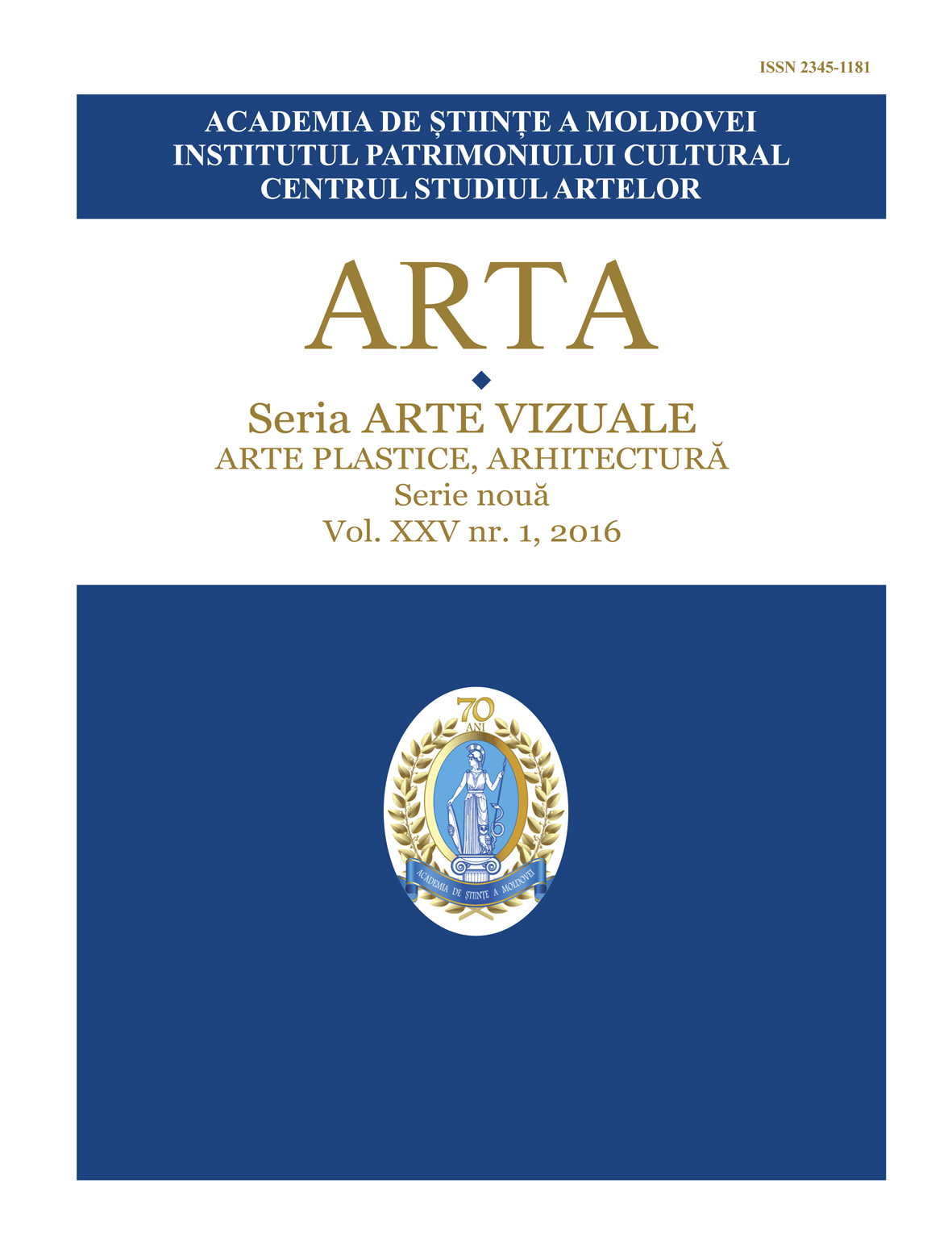The architect Alexander Iosif Bernardazzi (1831-1907) and his first projects in Bessarabia
The architect Alexander Iosif Bernardazzi (1831-1907) and his first projects in Bessarabia
Author(s): Alla CeastinaSubject(s): Architecture
Published by: Institutul Patrimoniului Cultural al Academiei de Științe a Moldovei
Keywords: Bernardazzi; architect; design; public garden; cast-iron fence.
Summary/Abstract: This year marks the 185th birthday of the famous architect A. I. Bernardazzi, who is also known for creating various historic buildings in the Northern Caucasus, Ukraine and Bessarabia. The archival documents provide evidence of the beginning of Bernardazzi’s architectural career, when he was appointed as technician for the arrangement of the towns Akkerman and Bendery in 1853, as well as for building some bridges and causeways in those districts. In 1855 he participated in the setting of the third market at the Forest square, which was his first mission in Kishinev. Alexander Bernardazzi performed the duty of municipal architect from 1856 to 1878 replacing Luca Zaushkevich, another architect of Kishinev. In Bessarabia he designed and built buildings such as the temporary theatre, the Lutheran school, the railway station, the Greek Church, Manuk-Bey’s Palace etc. He also dealt with the pavement of streets, the construction of the urban water supply system and the cast-iron fence in Kishinev public garden. After his departure to Odessa, in the second half of the XXth century, Alexander Bernardazzi continued to design social facilities in Bessarabia, which became best examples of European architecture.
Journal: Revista ARTA
- Issue Year: XXV/2016
- Issue No: 1
- Page Range: 38-43
- Page Count: 6
- Language: English

